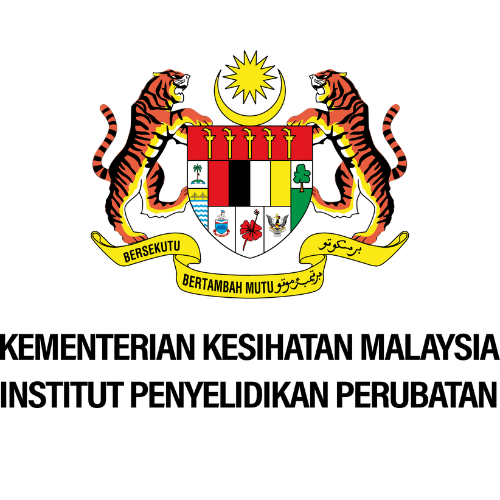Musa paradisiaca L.
Family
Musaceae
Synonyms
Musa xparadisiaca L.
Vernacular Names
| Malaysia | Pisang. |
| English | Plantain, cooking banana. |
| Indonesia | Pisang (General). |
| Papua New Guinea | Banana. |
| Philippines | Saging. |
| Burma (Myanmar) | Nget-pyaw. |
| Cambodia | Ché:k. |
| Laos | Kwàyz khauz. |
| Thailand | Kluai. |
| Vietnam | Chu[oos]i. |
| French | Bananier plantain. |
| Spanish | Platano. |
Geographical Distributions
The greatest diversity in Musa germplasm is found in Southeast Asia, the recognised centre of origin of Musa paradisiaca. Malaysia is thought to be the primary centre for dessert bananas, whereas M. paradisiaca originated along the peripheral areas of the region, spreading eastward to the South Pacific and westward from India to Africa and hence to the warm regions of Latin America. M. paradisiaca is found wherever dessert bananas are grown. In western and central Africa and in some island countries in the Pacific, M. paradisiaca is more common than dessert bananas. In certain areas in Southeast Asia such as the Philippines, eastern Indonesia and Papua New Guinea, where the long dry season poses a problem for the production of dessert Musa. Musa cultivars predominate and serve as part of the staple diet, particularly among the poorer segments of society.
Description
M. paradisiaca is a tree-like perennial herb that can reach up to 2-9 m tall and with a short underground stem (corm) with buds, from which short rhizomes grow to produce a clump of aerial shoots (suckers) close to the parent plant.
The roots are adventitious, spreading 4-5 m laterally, descending to 75 cm long, but mainly in the top of 15 cm and form a densely mat.
The shoots are cylindrical pseudostems of overlapping leaf sheaths, tightly rolled round each other and form a rigid bundle of 20-50 cm in diametre. The new leaves originated from the corm that growing up continuously through the centre of the pseudostem with their laminas tightly rolled. The emerging leaf unfolds a large oblong blade, measuring 150-400 cm x 70-100 cm, with a pronounced supporting midrib and well-marked, pinnately arranged and with parallel veins.
One terminal inflorescence arises from each corm with axis (peduncle) extending through the centre of the pseudostem and bending down when exserted, being a compound spike with flowers arranged in several groups, compact and conical when young. Each group consists of two closely appressed rows of flowers, enclosed in a large ovate and pointed reddish bract. The bract becomes reflexed when flowers develop and being shed when fruits start to develop. The female flowers are proximally while the male flowers are at distal end of the inflorescence and sometimes the neuter flowers in the middle. Commonly, about 12-20 flowers per node and usually 5-15 nodes with the female flowers. The bracts are open in sequence (about 1 per day) from base to top while the peduncle elongates. The mature infructescence measures about 50-150 cm long, bearing hands of fruits, followed by a long bare axis formed (as in most cultivars) male flowers and subtending bracts abscise, terminates in a growing point (‘male bud’) which continues to produce bracts and male flowers. The female flower (about 10 cm long) is with inferior ovary of 3 united carpels, roughly triangular in section, surmounted by a short perianth of 5 fused segments and 1 free segment, and together forms a tube around the style and sterile androecium. The stigma is with 3-lobed and 5 staminodes. The male flower measures about 6 cm long, with 5 stamens, rarely bearing pollen and small pistillode.
The fruit is a berry-like, seedless, measuring 6-35 cm x 2.5-5 cm, green, yellow or reddish and curved in plantains but straight in cooking bananas. Each cluster of the fruits is at a node is a ‘hand’ (2-15 per bunch) and each individual fruit is a ‘finger’ (12-20 per ‘hand’).
Ecology / Cultivation
M. paradisiaca originated in the humid tropics and performs best under warm (27-30°C) and very wet (200-220 mm per month) conditions. The Musa cultivars can stand warmer and drier climates. The best soils are deep, friable loams with a good drainage and aeration. High soil fertility and organic matter content are desirable. The crop tolerates pH values of 4.5-7.5. It is sensitive to typhoons which cause blow-downs.
Line Drawing / Photograph
References
- Plant Resources of South-East Asia No. 9: Plants yielding non-seed carbohydrates.




